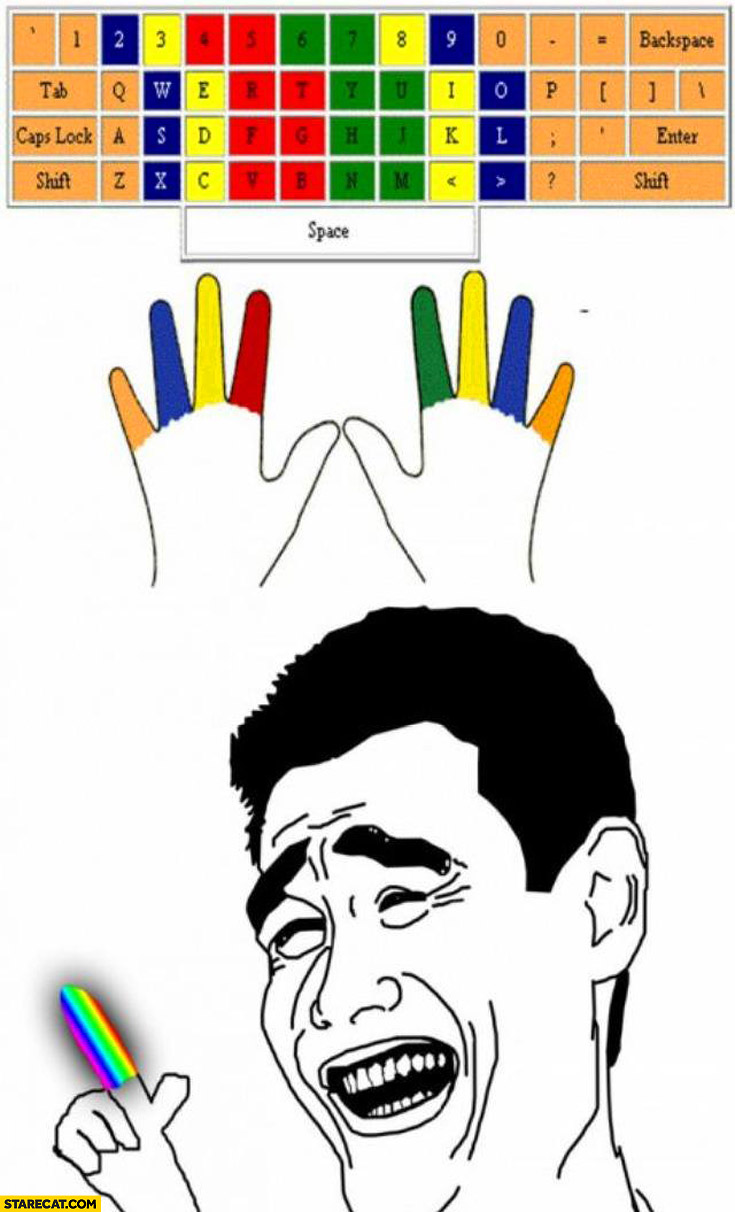
Password typing fingers windows#
Windows prompts the user to reenter the PIN or perform an authentication gesture, which adds an extra level of protection for sensitive data or actions. Where appropriate, an application can request a forced authentication even on an unlocked device. Rather, the application asks for authentication, encryption, or decryption, and the Windows Hello layer handles the actual work and returns the results. Access through these APIs doesn't require explicit validation through a user gesture, and the key material isn't exposed to the requesting application. Applications can use specific APIs to request operations that require key material for particular actions (for example, decrypt an email message or sign in to a website). It's important to understand that although the keys are unlocked, applications cannot use them at will. These keys are used to sign requests that are sent to the IDP, requesting access to specified resources. When that container is unlocked, applications (and thus the user) can use whatever IDP keys reside inside the container. The user's PIN unlocks the protector key for the container on the device. Think of it like using a physical key to unlock a door: before you can unlock the door, you need to remove the key from your pocket or purse. When a user wants to access protected key material, the authentication process begins with the user entering a PIN or biometric gesture to unlock the device, a process sometimes called releasing the key. How does Windows Hello for Business authentication work?

For those organizations, rather than increase the complexity of the PIN, implement the Multifactor Unlock feature. Some organizations may worry about shoulder surfing. The TPM has anti-hammering features that thwart brute-force PIN attacks (an attacker's continuous attempt to try all combination of PINs). It's about the difference between providing entropy versus continuing the use of a symmetric key (the password). The statement "PIN is stronger than Password" is not directed at the strength of the entropy used by the PIN. The user must provide the entropy, the TPM-protected key, and the TPM that generated that key in order to successfully access the private key. For that matter, the Windows client doesn't have a copy of the current PIN either. The server doesn't have a copy of the PIN.

With Windows Hello for Business, the PIN is user-provided entropy used to load the private key in the Trusted Platform Module (TPM). With passwords, there's a server that has some representation of the password.

Password typing fingers password#
When using Windows Hello for Business, the PIN isn't a symmetric key, whereas the password is a symmetric key.


 0 kommentar(er)
0 kommentar(er)
